As the months heat up and the Christmas school holidays are getting closer, more and more families chose to get a new puppy around this time of the year. Adding a new furry member to the family is a big commitment, I always say the cheapest part of pet ownership is the initial cost! Puppy school, treats, beds, training pads, toys, bowls and beds are just some of the initial costs, but how do you set up your puppy for a successful future and manage them in the "kid" and "teenage" phases?
As well as photography, I also work at a local pet supply store, where I conduct puppy pre school classes. Early Spring to mid Summer we see a huge influx of people coming into the store buying items for their new puppy, and our puppy school classes triple in numbers. It can be daunting, and you want to do the best for your new furry friend. So, here are some tips, frequently asked questions relating to bringing a new puppy home and what to expect.
1. Give puppy time to settle, but start good habits and basic training straight away
Although we know what has happened, your new puppy has left his/her mum and litter mates and is suddenly in a new home surrounded by strangers. To puppies us humans are giants, and we can appear quite scary to start with! Give your puppy time to settle into your home and routine, but don't let bad habits start up. For example, the first few nights to a week puppy may cry for his/her litter mates, but constantly attending to a crying puppy can create anxious behaviour. They start to learn that crying equals attention, then what happens when you leave the house for work and/or studies? Placing a pet safe soft toy or two into puppies bed gives him/her something to snuggle up to. You may have to let the puppy cry it our for a few nights, but it is easier to stop this behaviour now than deal with an anxious, barking adult dog.
Dogs thrive on routine, so they know what to expect and when to expect things such as food, exercise and sleep time. For example, if they know that you always go for walks in the late afternoon, they may save some of their energy throughout the day for use on the afternoon walk.
Yes puppy has just joined you, but start basic training now! Simple things such as sit, wait and stay are great ways to tire a young brain out and teach your puppy self control. Puppies brains are like sponges, absorbing information and learning all the time. Keep its mind active and engaged with you, it's a great way to create a connection with your new best friend.
2. Toilet training troubles
One of the most common questions I get asked is, "when will my puppy not make a mess in the house?". There is no set answer, but be mindful that puppies don't usually have bladder control from AT LEAST 16 weeks of age. 20-30 minutes after a puppy plays, drinks or eats they are more likely to go to the bathroom, so keep that in mind when toilet training your dog. Have some treats ready, take puppy outside and when puppy finishes doing their business reward and praise. If puppy goes in the house, it's too late. Take it as a learning experience and try to remember if your puppy was showing any signs of going before they went. Did the puppy sniff around without reason? Did puppy go to a corner of the room away from you? Learning the signs and getting puppy outside (or onto your potty training mat/area) can help curb messes and quicken up training.
3. Don't forget mental exercise!
A lot of pet owners underestimate the power of mental exercise. I always love using this example, if you work in an office all day without much physical exercise, how tired are you at the end of the day? The same goes for puppies and dogs. At a young age, physical exercise should be limited to prevent injury on growing joints. Little training sessions and impulse control games are a great way to exercise the brain and teach your puppy fundamental skills for the future. Plus, it doesn't involve you leaving the house!
4. Enrichment ideas and brain games
There are literally hundreds of brain games you can play with your dog, but here are a few that require little work on our part and little to no extra money spent:
- Using your lawn as a snuffle mat: hiding bits of food in the grass and letting puppy find them is a great way to slow down meal times, engage their brain and give them some outside time. If you have more than one dog, I suggest a separated area for this to prevent any food aggression or fighting. You don't have to use anything special, their daily kibble or treats can work, just as long as the puppy eats them all and the ants don't get to them. Start in a smaller area, make the game very easy for your puppy, and as the days go but start hiding the food further away to make it more difficult.
- Enrichment toys: Toys such as Kongs are great for stuffing food and reusing daily. In the warmer months, stuffing toys with mince and freezing overnight can extend play time. Just make sure when you arrive home to wash the Kong out to prevent food rotting. I like to use a cheap toothbrush, or a bottle brush can also do the job.
- Place training, also referred to on your mat/bed: A simple, yet crustal task to teach a dog impulse control. There are many videos online showing and explaining how to teach a dog this, but basically you use your command (eg. place, on your mat, on your bed, mat) and lure your puppy on to the mat. Continue to drop treats onto the bed to encourage puppy to remain there, and associate that mat/bed = treats. After a few treats, use a release work (eg. free or ok) so the puppy knows it is released from the bed and can move. Over time, extending the time the puppy is on the mat and teaching it it must stay there until released. Introducing distractions such as toys or treats on the ground can help puppy learn no matter what, you must remain in check of your emotions until the magic word.
5. Socialisation
This is not just with other dogs, but with everything. Exposing your new puppy to the day-to-day items in your home is critical for them to understand these new things are nothing to be afraid of. Things such as livestock, cars, lawn mowers, door bell ringing and other humans should be shown to puppy as early as possible.
In regards to dog socialisation, it is best to wait until your puppy is fully vaccinated before taking him/her out into the world. Puppy school is a great option to start with, as the area classes are held are disinfected and sterilised, with puppies attending needing to have at least their first vaccine. Items such as crates or dog prams for when you are out and about may seem silly, but are great tools to get your puppy used to the outside world safely.
The MOST important thing to remember is to HAVE FUN! Enjoy this stage of your four-legged friends life and take lots of photos. Don't worry if they are not professional or "good", both my dogs were adopted at 1 year and 4 years of age, no puppy photos at all. I would have killed to see them as little ones. As much as they tear your hair out, this is a stage in their life you can never get back. Start off on the right foot, and you will have a fiercly loyal friend for life.


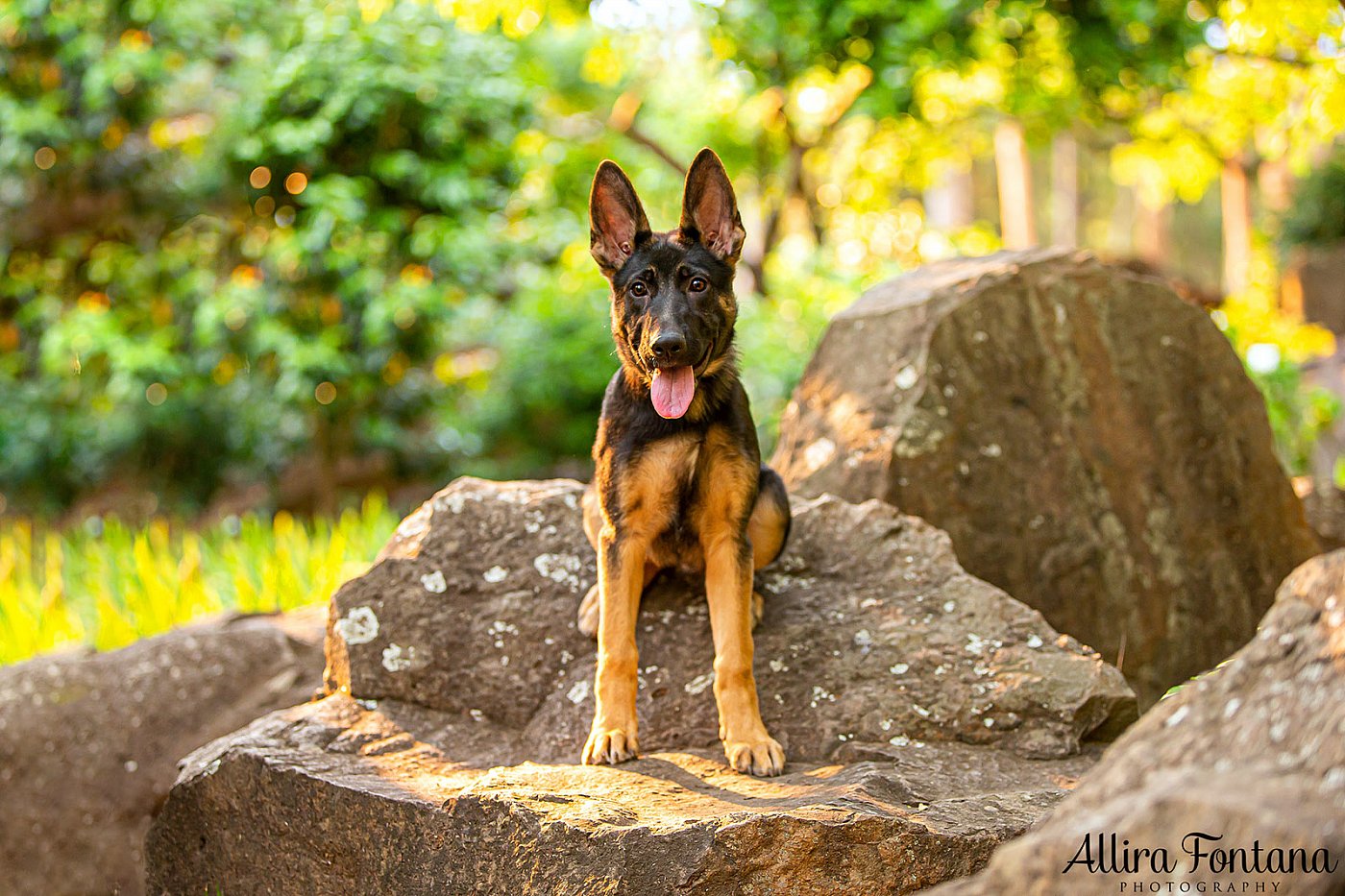
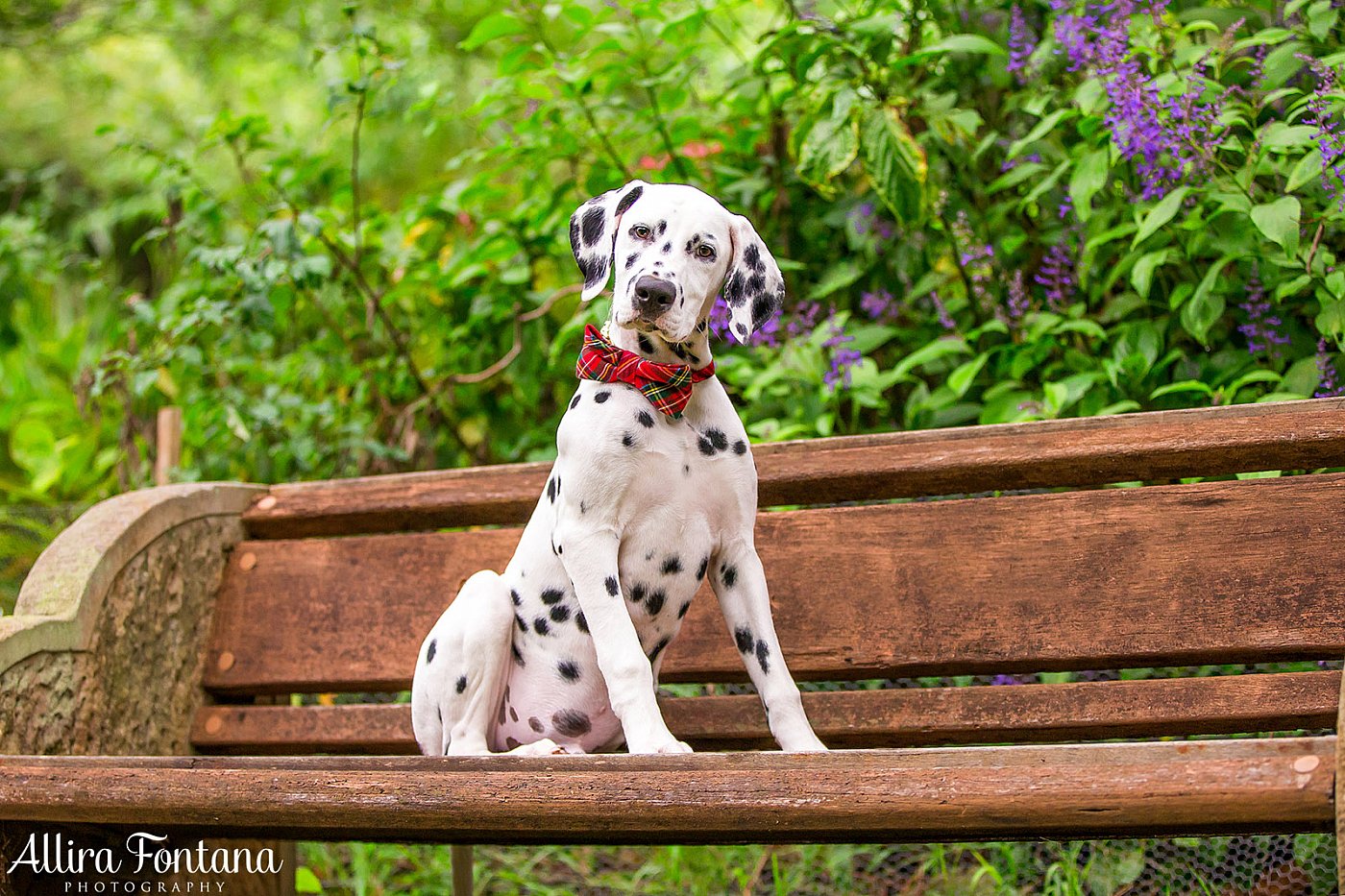
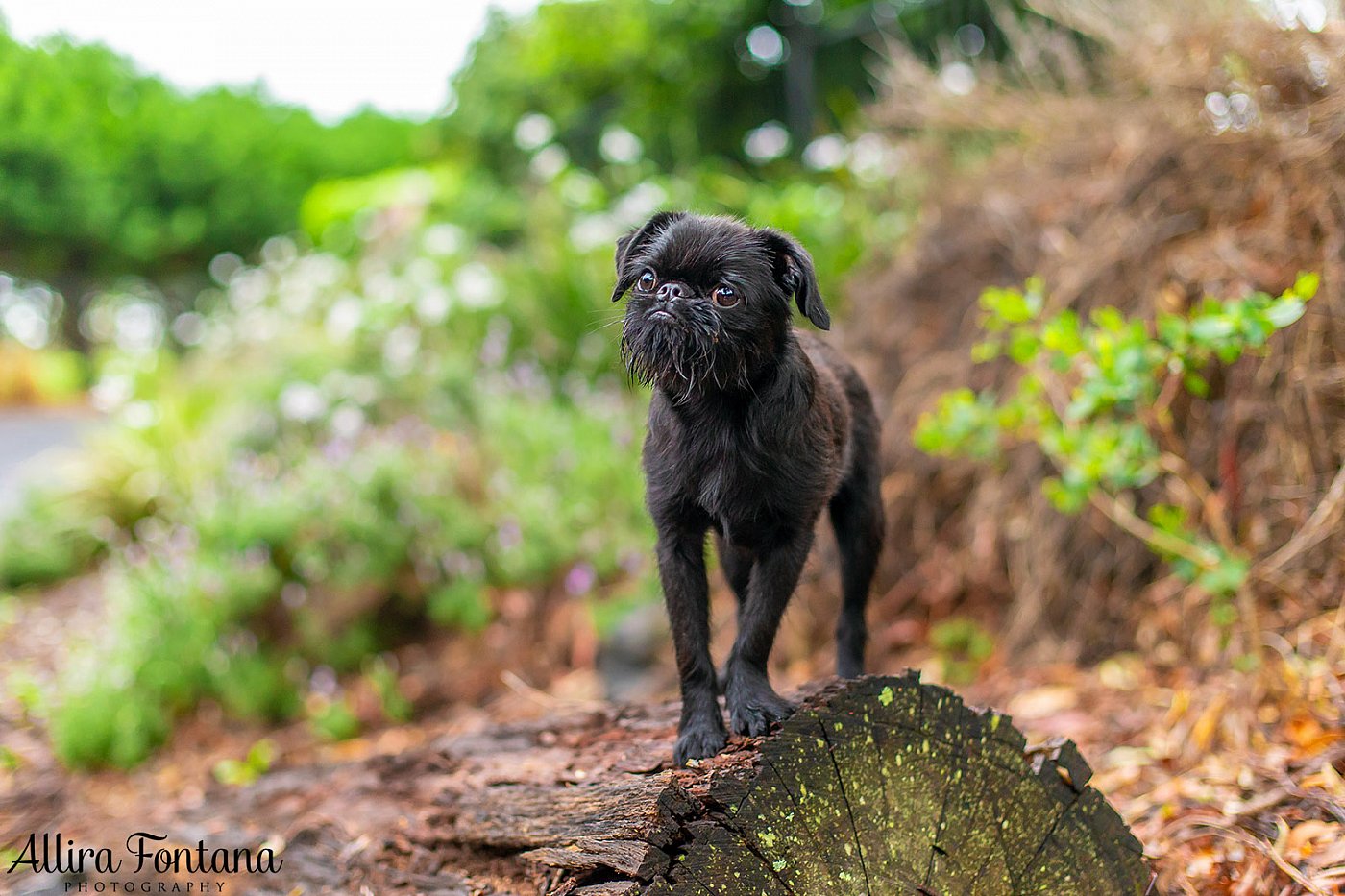
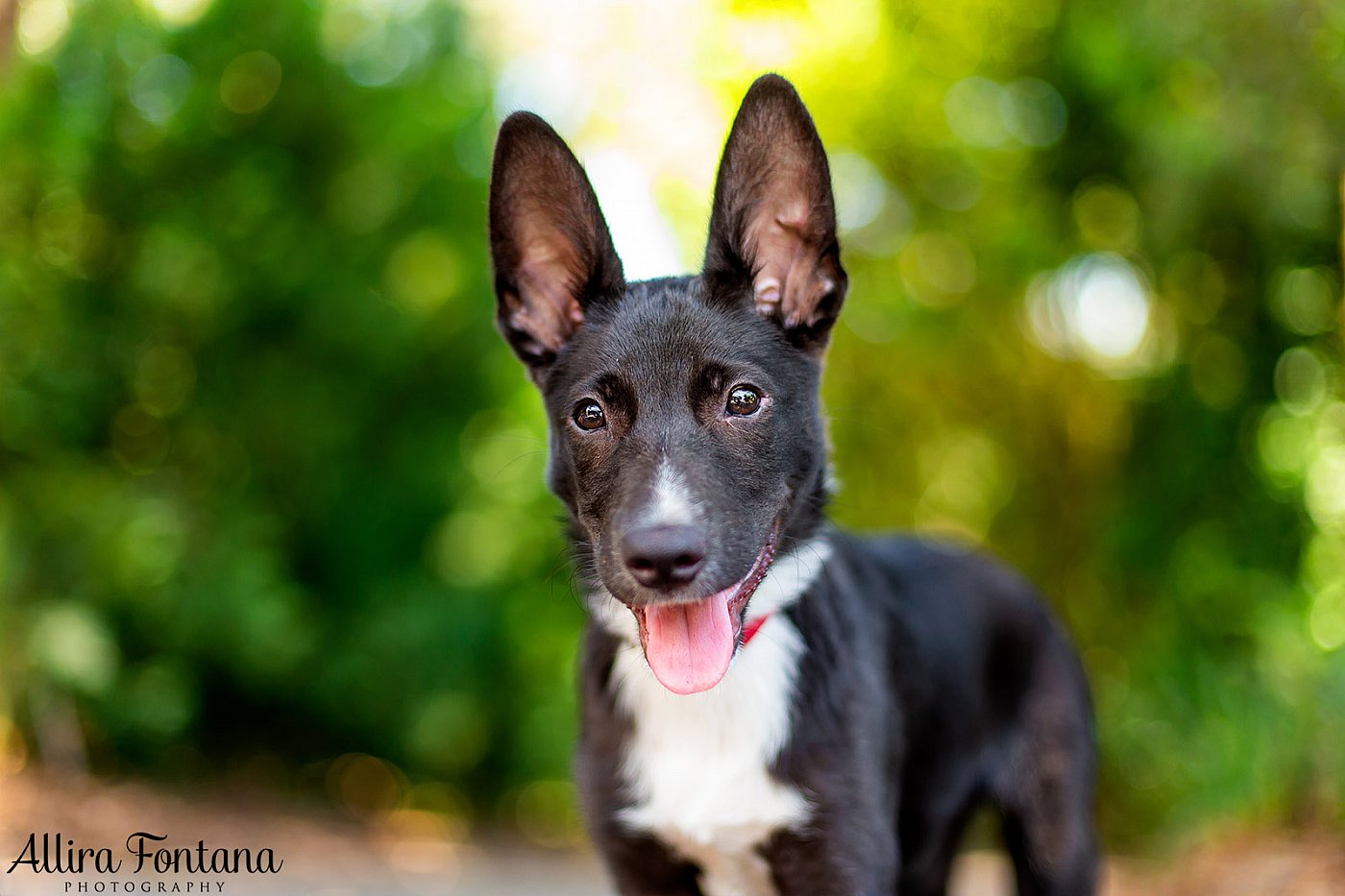


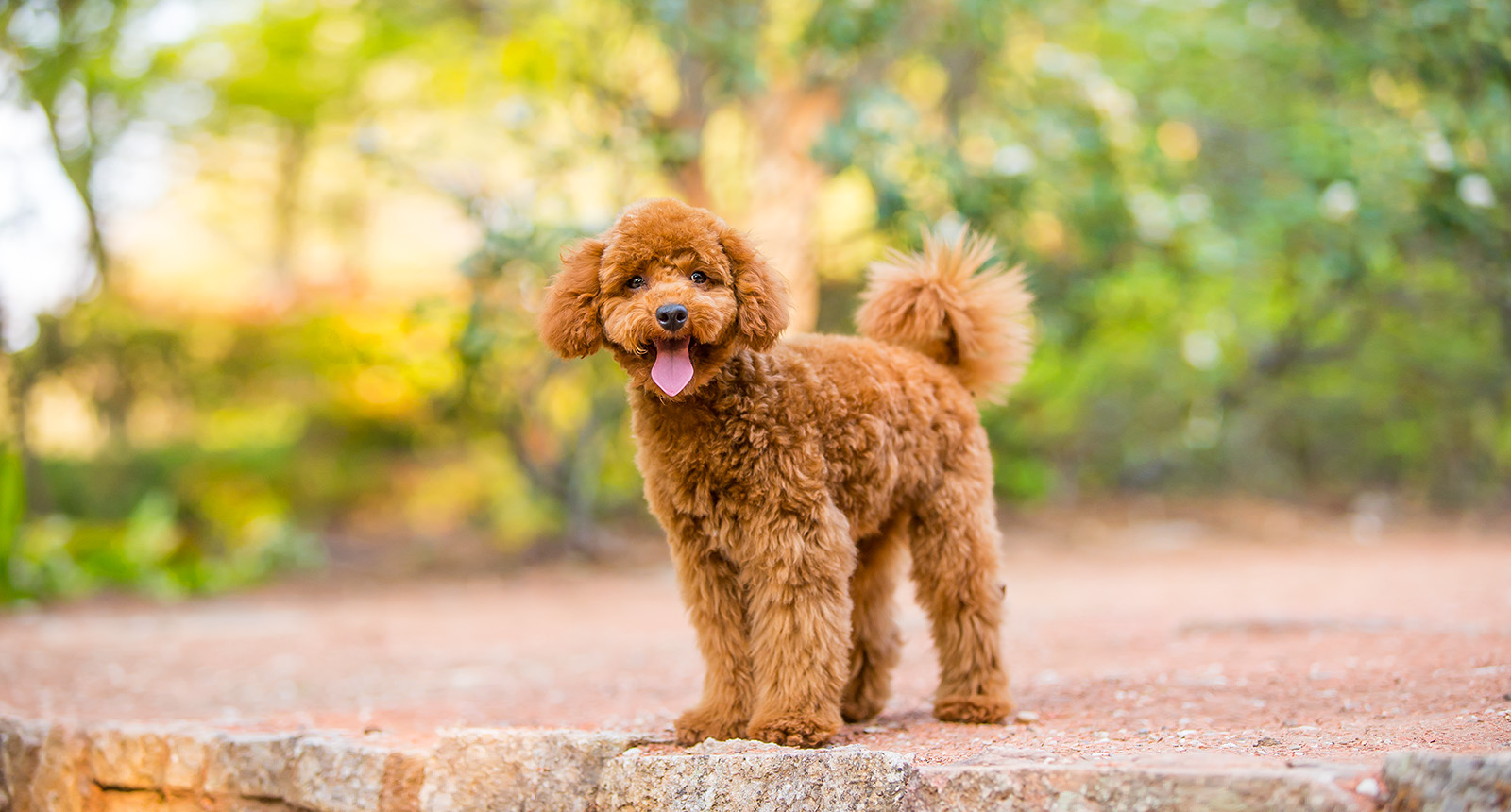
Leave A Comment
Comments